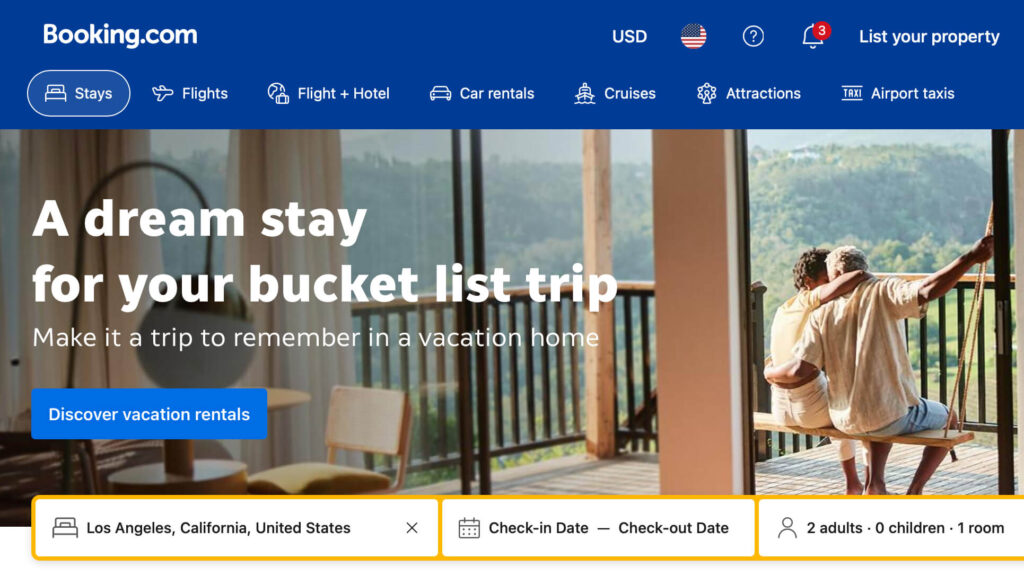FAQ
Yellow-billed Magpie © Robert Royse
ANSWERS TO your QUESTIONS
Planning a birding trip involves many factors and some unknowns. This guide to frequently asked questions will assist you in the process. If you need further clarification on any points or have questions not covered here, please don’t hesitate to ask us!
Where do I go?
California is a massive state with an astonishing diversity of biogeographic regions within its borders. Each region hosts its own suite of specialty birds often containing multiple species that aren’t readily found elsewhere in the state. Take a look at our locations page to get an idea of which regions are home to which species. Consider your birding objectives, how much you want to travel, and your budget.


When do I come?
Anytime! Most of California’s specialty birds are resident and the weather is almost always accommodating. Winter is the best time along the coast to see shorebirds like Surfbirds, Rock Sandpipers, and Black Turnstones while summer is the best time for Elegant Terns and wide-ranging western migrants that breed in the state. With perfect temps, lingering winter birds, singing breeders, and arriving migrants, April and May are likely the best times to come to California. Fall or spring migration are the best times to come for a pelagic, but they can be quite productive year-round. While each season offers unique reasons to come, any time of year is perfect for a fun and successful trip to California.
What will I see?
This depends on when you come, where you go, and your objectives. Checking eBird is without doubt the most dynamic way to view possible birds. Use the downloadable lists to the right to determine which species you can expect to see or target during your visit. You can view species sorted by taxonomic order (evolutionary relationships) or sighting frequency (percentage of checklists that have reported the species). NOTE: frequency does not necessarily reflect the likelihood of seeing a given species.
TAXONOMIC Order
Sighting FREQUency
What do I bring?
Start with whatever you bring out birding on a regular basis – binoculars, spotting scope, camera, appropriate outerwear (including sunscreen, bug spray, and chapstick), daypack, and water/snacks. Check out our services page for a list of what we’ll bring along as well. Bring at least one layer each of clothes for warm, cold, and wet conditions, and be sure to check with your guide to see if more layers make sense based on the location or weather conditions. We recommend sticking with long pants, long sleeves, and closed-toed shoes when in the field.


What do I eat?
Food is handled per circumstances and preferences. Breakfast is quick, usually at your lodging, a quick restaurant, or packed ahead of time for the field. Similarly, lunch is often on-the-go, either packed or ordered at a quick restaurant along the way. Often folks choose to beat the heat and the mid-day lull by taking a break and eating lunch at a dine-in restaurant. Dinner is the best time to relax and enjoy some good food out. Most prefer to have a siesta, a shower, then get out for a taste of the town. Yelp and Trip Advisor are excellent resources.
What is the weather like?
The Desert and Southern Central Valleys are warm in winter and can reach scorching temperatures during summer. While mornings and evenings can feel chilly in Southern California, and summer can be hot, the region offers comfortable year-round temperatures with very little rain outside of the winter months. The northern coast and bay area can get cool from cold ocean currents and their more northerly latitude, but overall both regions are comfortable year-round. The Sierras can be very cold and snowy in winter, but warm up in summer. It is always best to check conditions where you will be before you go. Accuweather and Weather Underground are the best resources.


